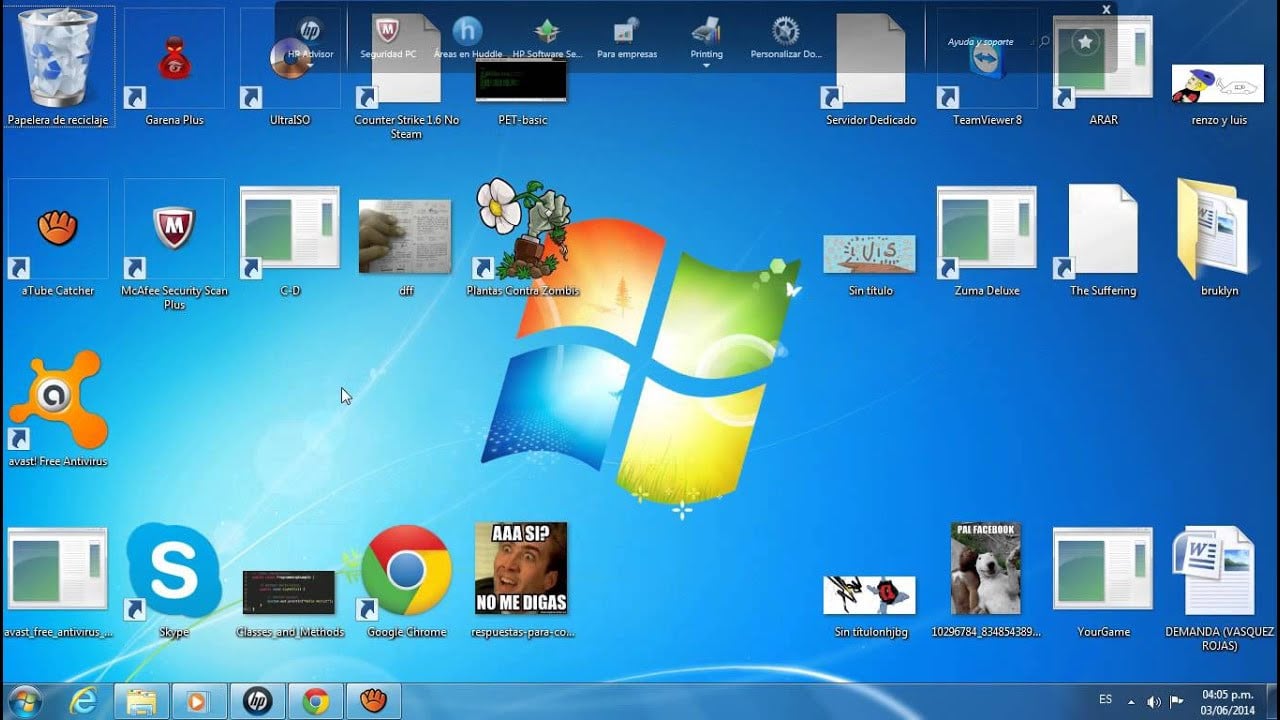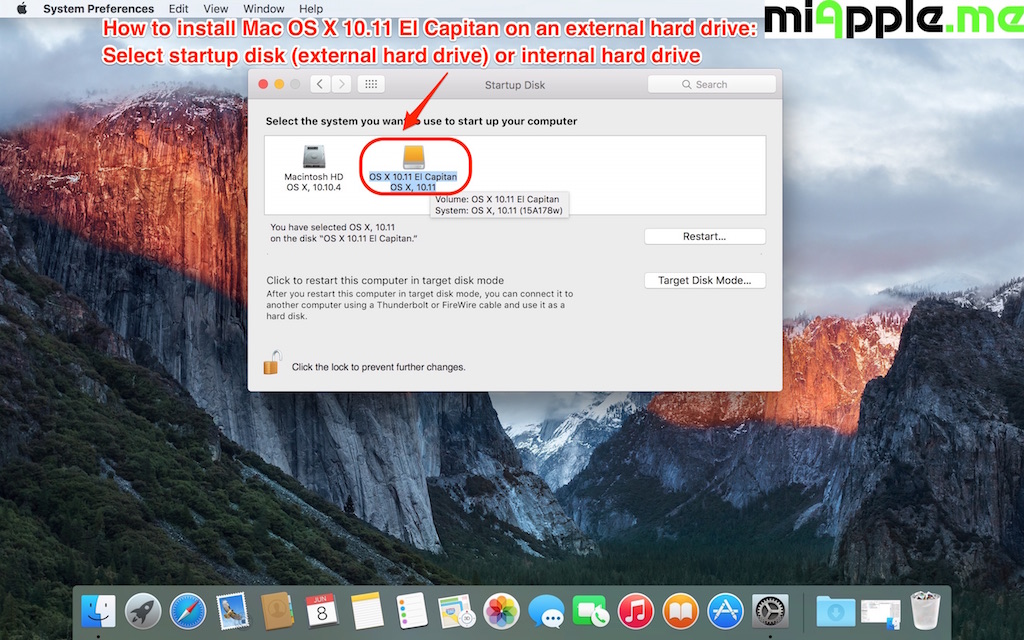

- Mount mac drive on windows 10 driver#
- Mount mac drive on windows 10 software#
- Mount mac drive on windows 10 Pc#
This gave me the choice of partitioning so I chose MBR I chose DOS (FAT) for the volume format. So I brought the flash drive over to my Mac and used Disk Utility to erase the physical drive (and not just the volume).

Then I remembered that the flash drive had previously been used as a Windows Installer boot drive so the partitioning scheme was GUID. However, when I initiated a scan, a progress percentage ("0%") appeared on the scanner's tiny screen and never actually progressed beyond that 0%. It appeared to format correctly as FAT and, in fact, was seen by the photo scanner. I needed a flash drive for a stand-alone photo scanner so I grabbed one from a box and used the "Format." contextual menu command. I found another example of how the "Format." contextual menu command doesn't work (as I expected, any way). If it mounts properly on both my Lenovo and my Mac, then I'll know I've got this conundrum solved. I will properly format another disk as GUID-using the diskpart commands-and copy over the data from the "M" volume, then replace that disk in the USB enclosure.
Mount mac drive on windows 10 software#
But, as GUID is not HFS+, why did the HFS+ software for Windows permit that volume to mount? As the King of Siam said, "It is a puzzlement." So that accounts for the GUID partitions remaining. (As I'd been a Mac user, I had some Mac-formatted disks I still needed to access via USB.) What I'm learning is that using that "Format." command (from that contextual menu) erases the volume and provides the choice of file system (FAT, exFat, and NTFS if I remember correctly) but leaves the underlying partitioning of the physical disk as it exists. That's when the "have to use HFS+ for Windows" issue started. It was working properly as such until I removed it from the HP and placed it into the USB enclosure. I had left that drive in the HP and reformatted it so I could use it as a data drive. What I think happened is that I used the "Format." command from the contextual menu to erase that disk (after I had cloned that drive to a new SSD in the old HP). I think you're correct about "Disk 3" as it was originally the boot drive for my HP. So, there you have it and I apologize for the rambling explanation.
Mount mac drive on windows 10 driver#
I will note that I do have an NTFS driver that does permit writing but, while it does permit writing to Disks N, O and P, Disk M will not appear regardless. I don't think Drive M is "bad" because, as soon as the HFS+ for Windows software loads, the disk mounts (while my Mac won't mount it at all - although it does see the physical disk in the Disk Utility software (but can't repair it - probably because the Mac doesn't have the ability to write to NTFS). I will admit I have been a Mac person for many years and only in the last few years have I moved over to Windows so I know that I don't know but would love to learn the proper way of handling my disks (both internal and external).
Mount mac drive on windows 10 Pc#
This drive has no trouble mounting on my Mac or PC in a USB3 enclosure (without the HFS+ for Windows software loaded) I formatted that drive in Windows ("fast" in Explorer) yet I still see a 20GB HP recovery partition. I have one additional HD (not shown in the screenshot) that was formatted GUID with NTFS (by HP - the original HD in an old Envy desktop). Further, I've been operating under the assumption that GUID is what I should be using. I am making an assumption that GUID is what creates the EFI partition (Disks 0, 1 and 3).

Drive F apparently was formatted at Lenovo (or maybe by the mfr) as NTFS but, because I don't see the EFI partition, I'm assuming this drive is MBR.ĭrive 2 (Disk E) I formatted as GUID/NTFS when I first got it and it worked in my HP (and continues to do so now that I've simply moved it into the Lenovo). My Drive C is GUID/NTFS (as it came from Lenovo). Drives N, O and P were formatted some time ago and I guess I used MBP at that time but specified NTFS so I wouldn't have the 4GB file size limitation. If I plug this enclosure into my Mac, Drive M will not mount. Of the four, it's the only one formatted as GUID with NTFS the other three are MBR/NTFS. I've attached a screenshot which highlights the troublesome disk (M). At that point, Windows says that drive is NTFS and the HFS+ app doesn't see the drive as anything it can handle (which means it doesn't see it as HFS+). The only way I've been able to get that fourth drive to appear is by running HFS+ for Windows (and then it appears). When I power up the enclosure, only three of the four drives actually mount. Attached is a 4-bay USB3 enclosure with all bays occupied. This is a weird issue I can't seem to resolve.


 0 kommentar(er)
0 kommentar(er)
